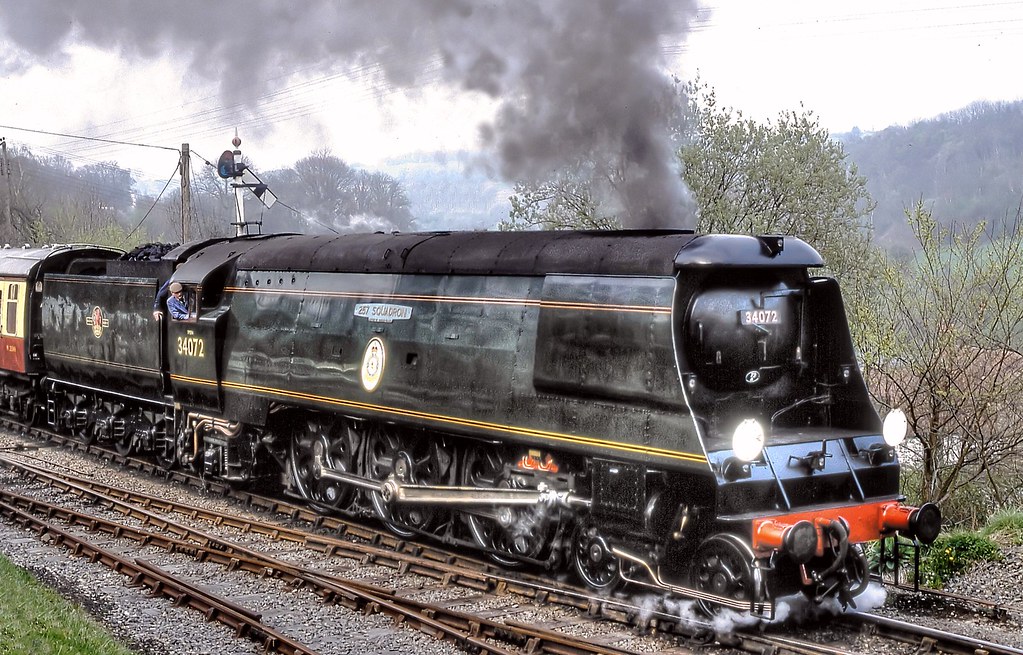
Introduction
The Severn Valley Railway (SVR) is a prominent heritage railway located in the West Midlands of England. Connecting the towns of Kidderminster and Bridgnorth, this 16-mile scenic railway line runs alongside the River Severn, offering not just transportation but an enriching experience of the Victorian era. As the railway celebrates its 50th anniversary since re-opening, it continues to attract hundreds of thousands of visitors each year, making it an integral part of British heritage tourism.
Historical Background
The railway originally opened in 1862 and was primarily used for transporting goods and employing local workers. However, by the late 1960s, the line faced closure. Fortunately, a dedicated group of volunteers and enthusiasts established the Severn Valley Railway Society, which in 1970 succeeded in reopening the railway as a heritage line.
Current Operations
Today, the SVR operates steam and diesel trains, reflecting the rich history of rail travel in the UK. The railway runs special events, including themed weekends, Santa Specials during the festive period, and a number of ‘gala’ events featuring vintage locomotives. The railway aims to not only preserve the historical significance of the line but also to provide joyful experiences for families and train enthusiasts alike. Recently, the SVR has introduced innovative measures to enhance visitor experience, such as a new timetable application and improved dining options on board.
Significance to Local Communities
Beyond its primary role as a transportation service, the Severn Valley Railway significantly contributes to the local economy by attracting tourism. Local businesses, cafes, and shops benefit from the influx of visitors who come to experience the beautiful surroundings of the Severn Valley. Events hosted at the railway often feature local foods and crafts, creating further opportunities for residents to showcase their products.
Future Developments
Looking ahead, the Severn Valley Railway plans to expand its educational outreach programmes focused on engineering and sustainability in rail transport. There’s a growing emphasis on the importance of railways in combating climate change and promoting eco-friendly travel options. Future projects may include investment in greener technologies for their operations, ensuring that the railway remains relevant in a modern context.
Conclusion
The Severn Valley Railway is a treasure trove of history that continues to serve as an essential link between the past and present. As increasingly more people discover the joys of heritage rail travel, the future looks bright for the SVR. For those interested in history, travel, or simply enjoying stunning British landscapes, the Severn Valley Railway offers an unforgettable experience.
You may also like

Exploring Monmouth: History, Attractions and Community

Exploring the Historic City of York: A Cultural Gem
